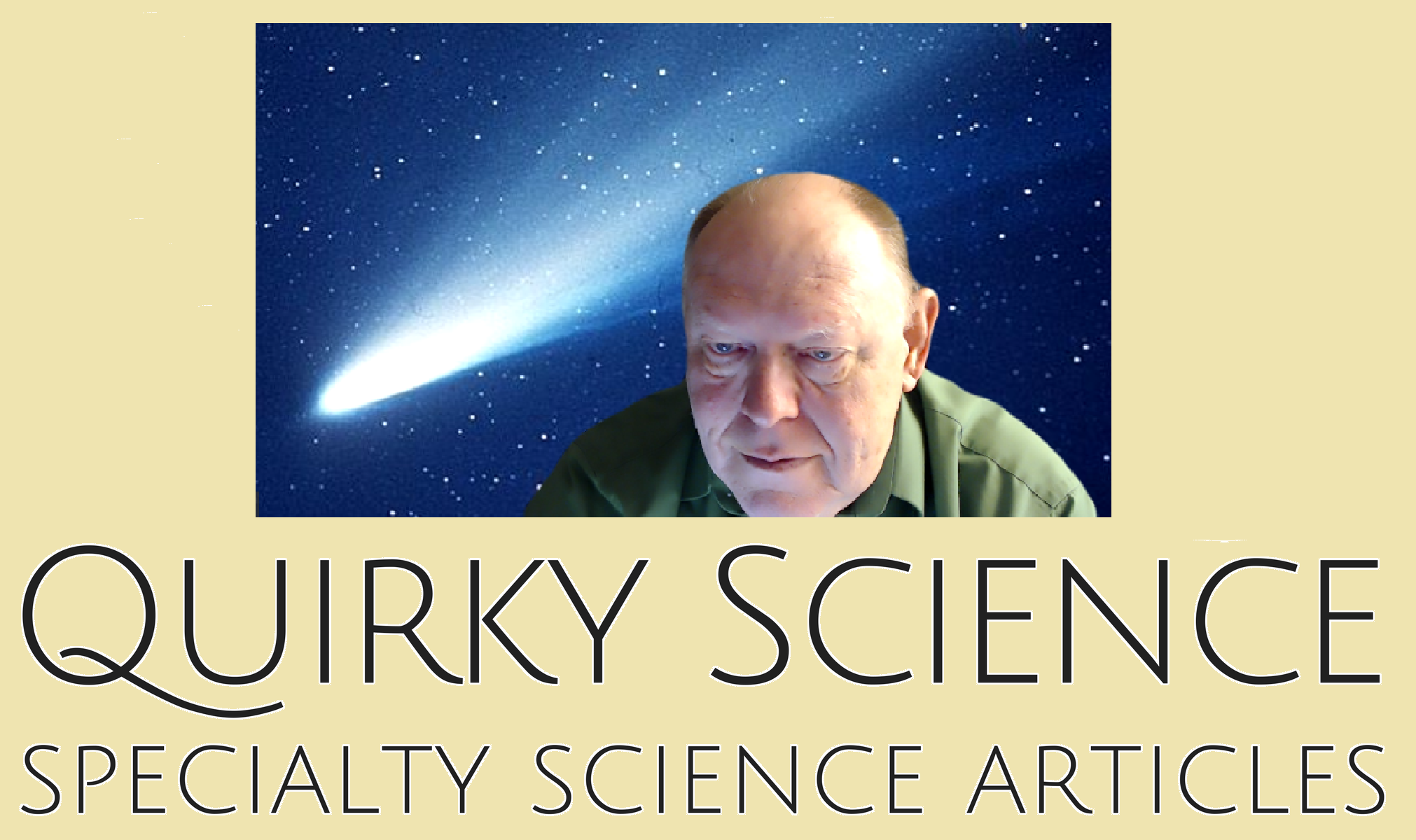Corncob Destructive Distillation: Hemicellulose to Xylose to Furfural
What does corncob destructive distillation produce? A most interesting product—furfural. What is it? What is it good for? What is Furfural? Furfural is an interesting organic compound, possessing a five member ring structure with a heterocyclic atom (oxygen) and several functional groups built in. It is an ether, a diene, and an aldehyde. What is the Reaction? Corncobs1 are rich in hemicellulose. Hemicellulose can be broken down to produce the five-carbon sugar—xylose, C5H10O5. Xylose can react further to produce the heterocyclic aldehyde furfural, IUPAC2 name furan-2-carbaldehyde. Corncobs (hemicellulose) → C5H10O5 → furfural (see diagram) The steps can be combined. The resultant reaction process is termed destructive distillation. Corncob Destructive Distillation The corncobs may be dried and chopped into tiny bits the size of a grain of corn or smaller. These…
